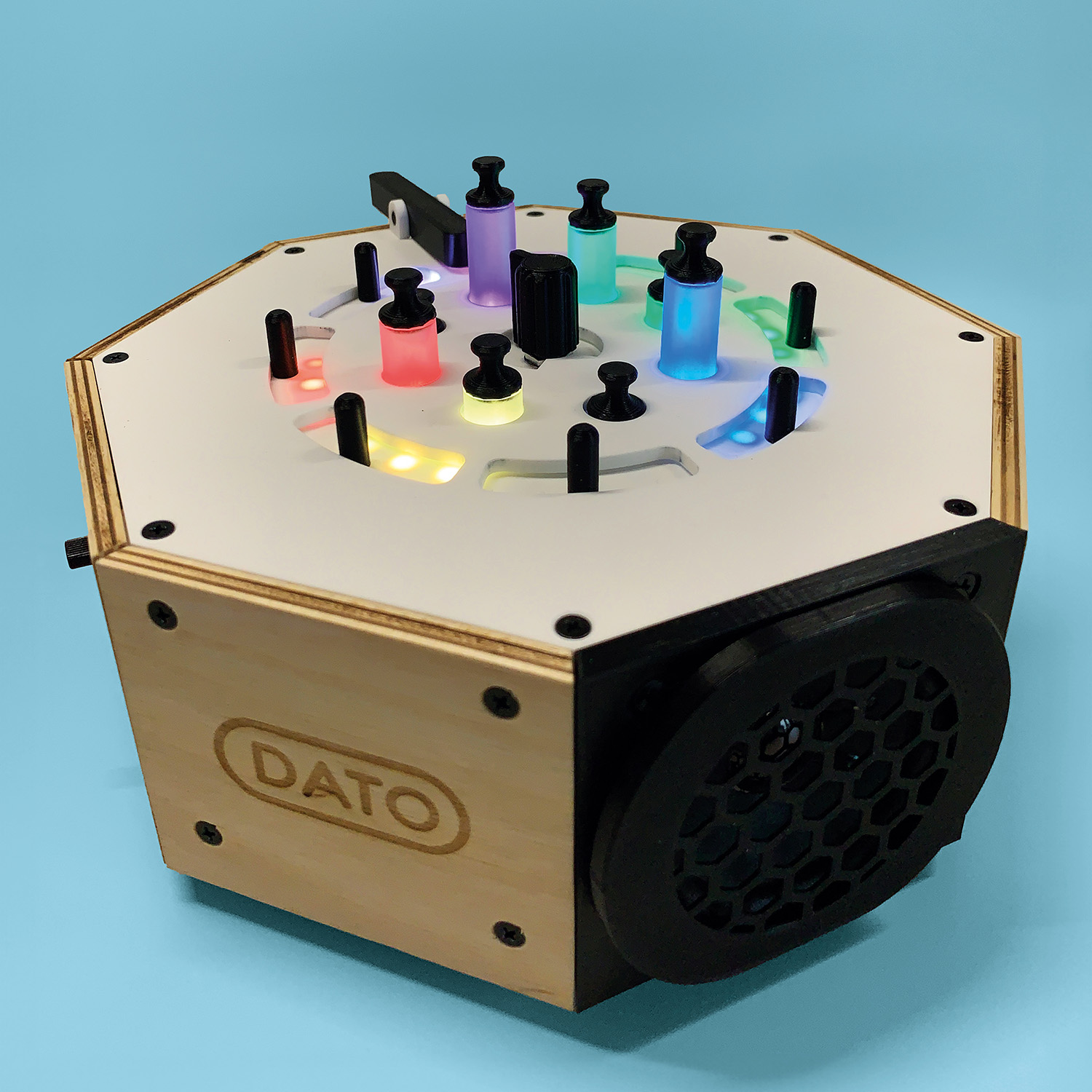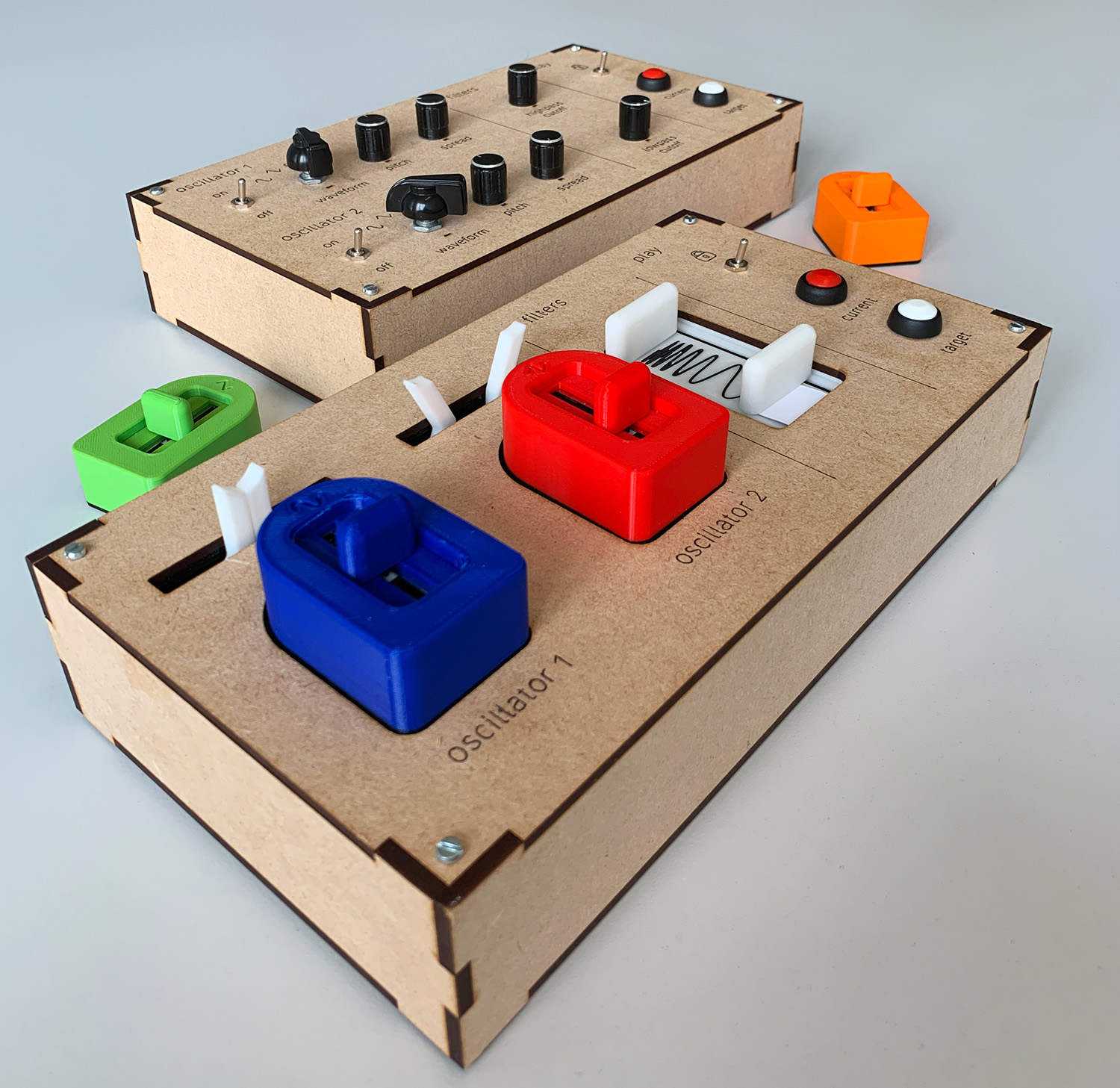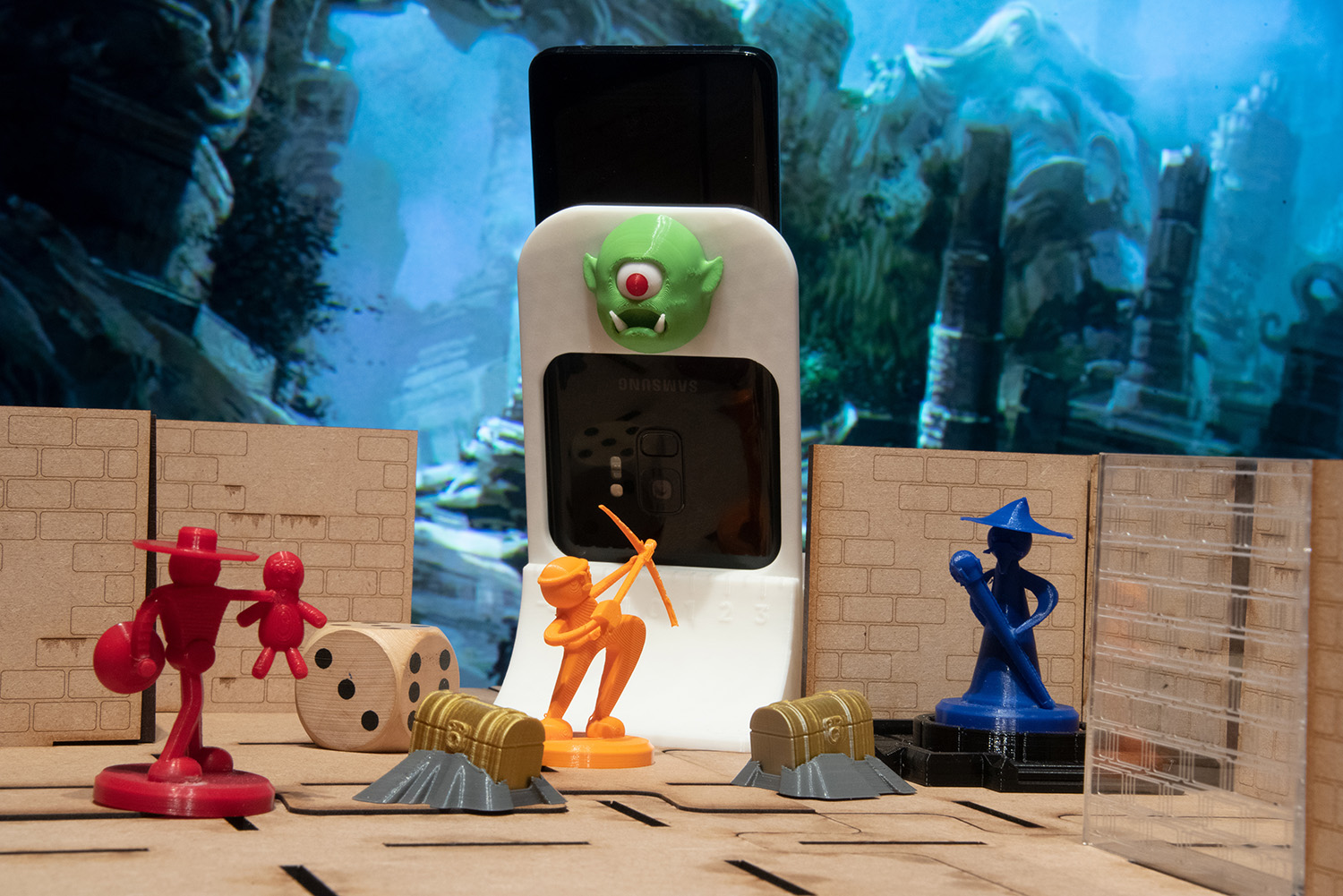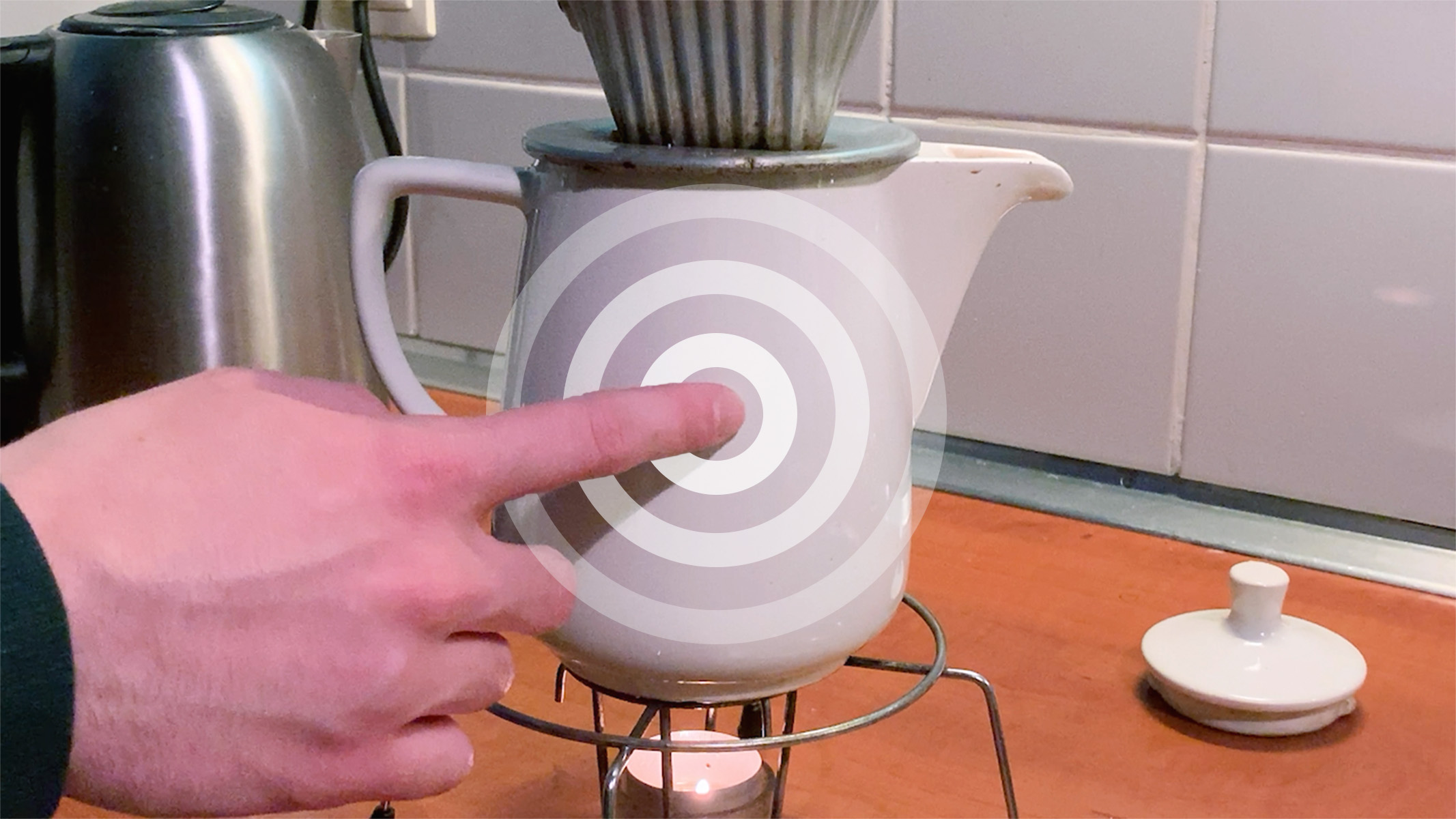About me
Hi, welcome to my portfolio! My name is Jeppe Groen. I am an Industrial Designer, I recently received my Masters degree in Industrial Design at Eindhoven University of Technology. On this website, you can find previous design projects I have done as well as a description of my vision and identity as a designer.









